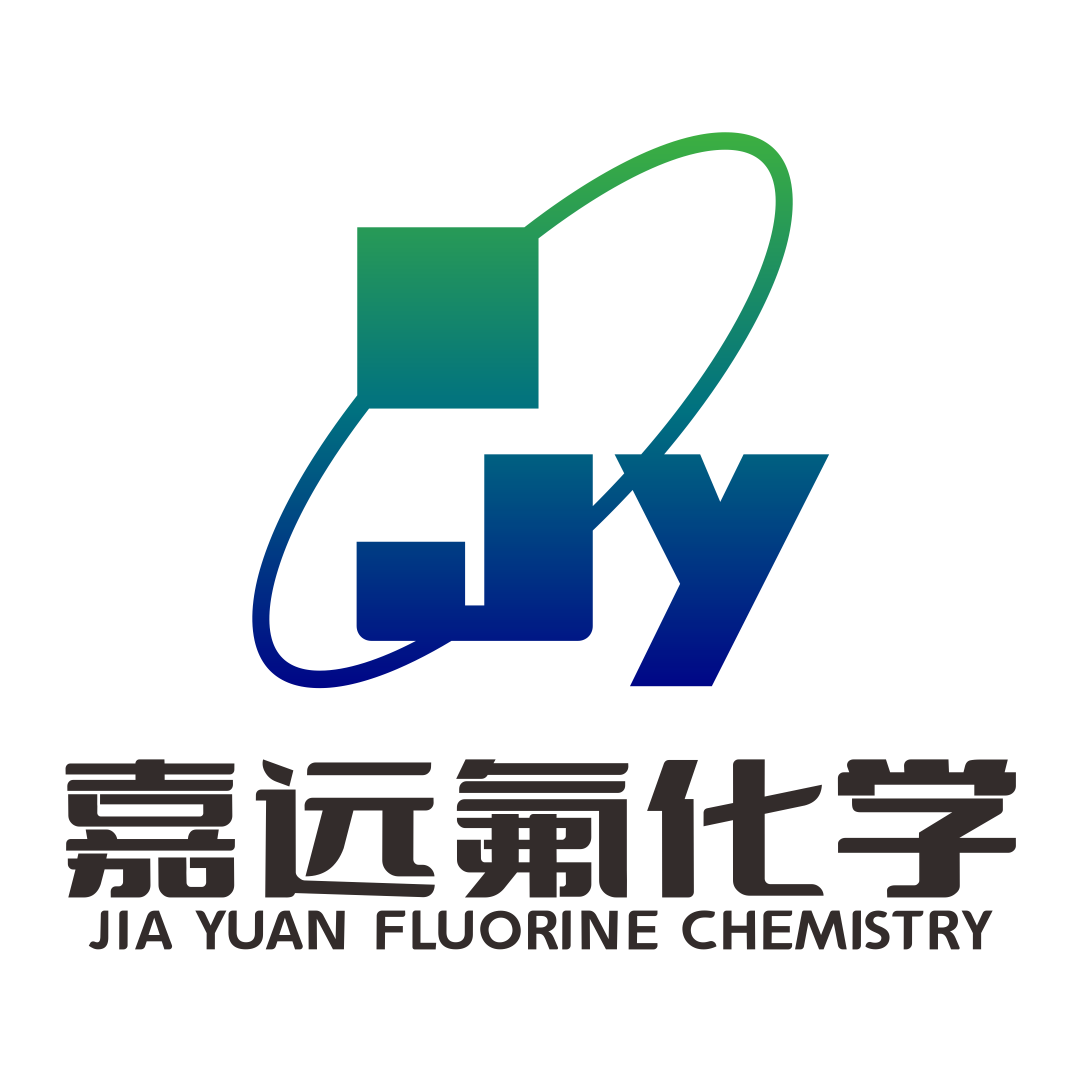- Fluorite
- Inorganic Fluorine Products
- Organic Fluorine Products
- Fluorine-Containing Intermediates
- Special Rare Gases
-
Customized Product
- Other customized products
- Aprepitant--Adjuvant Anti-Vomiting For Cancer Chemotherapy
- Trifluoro Derivative Series
- Lithium Salt-LiTFSi Series
- Perfluorinated Series
-
Trifluorotoluene Series
- 2,4-Dichloro-3,5-Dinitrotrifluorotoluene
- M-Fluorotrifluorotoluene
- O-Fluorotrifluorotoluene
- P-Fluorotrifluorotoluene
- 2-Bromo-5-Fluorotrifluorotoluene
- 5-Bromo-2-Fluorotrifluorotoluene
- 5-Chloro-2-Nitrotrifluorotoluene
- 4-Fluoro-3-Trifluoromethylphenol
- P-Trifluoromethylthiophenol
- M-Ditrifluorotoluene
- 3.5-Bistrifluoromethylbromobenzene
- P-Ditrifluorotoluene
- 2. 4. 6-Trifluorobenzonitrile
Chlorotrifluoroethylene (CTFE)
BRIEF DESCRIPTION
Chlorotrifluoroethylene (CTFE) has the properties of fluorine-containing olefins and is an important fluorine-containing polymerization monomer. Through homopolymerization or copolymerization, fluorine coatings, fluororesins, fluorine rubbers and chlorofluorolubricants can be prepared. These fluorine-containing The material has excellent chemical inertness and weather resistance, and is widely used in cutting-edge technology, military aerospace, and electronics industries. CTFE is also an important fluorine-containing intermediate that can produce downstream products such as trifluoroethylene, trifluorobromoethylene, hexafluorobutadiene, trifluorostyrene, 2,3,3,3-tetrafluoropropene, fluorobromide Oil etc.
TECHNICAL INDICATORS
| Analysis | Requirement |
| Appearance | Bright&Clear Liquid |
| Purity (% by weight) | 99.99 min |
| Acidity (as HCI)% | - |
| Oxygen (ppm) | 20ppm |
| Boiling Point 101.3 KPa (℃) | -26.2 |
| Melting Point (℃) | -157.5 |
| Density25℃ (kg/m) | 1300 |
| Flash Point (℃) | -27.8 |
USE
Mainly used in fluorine rubber, fluorine coatings, fluorocarbon oils, fluoroethers, animal anesthetics and pesticide intermediates, etc.
Used to prepare polychlorotrifluoroethylene resin and fluorine rubber.
Chlorotrifluoroethylene is polymerized into polychlorotrifluoroethylene, which has excellent electrical properties. Its heat resistance and chemical resistance are inferior to polytetrafluoroethylene, but it is easy to process and can be made into plastics, films, coatings and other products. The working temperature is -196~199℃. It is also the raw material for fluoroplastics, fluororubber, refrigerants, fluorochlorine lubricants, and halothane anesthetics. Used to replace hydroxyl groups in steroids and carbohydrates with fluorine and used as preservatives.


STORAGE CONDITIONS
1. Keep containers tightly closed.
2. Keep containers in a dry, cool and well-ventilated place.
3. Keep away from heat/sparks/open flames/ hot surfaces.
4. Store away from incompatible materials and foodstuff containers.
5.Protect from direct sunlight.
6. Warehouse temperature shall not exceed 30 ℃.
PACKAGE
1. Packed in cylinder (1ton per cylinder).
2. Packed in ISOTANK.
CHEMICAL PROPERTIES
1. CTFE can be brominated and chlorinated. CTFE can be fluorinated directly at 0°C or by reaction with antimony pentafluoride at 95°C. It readily undergoes addition reactions with hydrogen bromide and hydrogen chloride. CTFE can decolorize potassium permanganate.
2. CTFE will slowly hydrolyze when in contact with water. In 10% sodium hydroxide solution at 60°C, the hydrolysis rate is accelerated. CTFE can also undergo addition and condensation reactions with many other reagents.
3. CTFE can undergo polymerization (for this purpose, the polymerization inhibitor should be removed) to form low molecular weight dimers or, depending on the reaction conditions, to form high molecular weight polymers. CTFE can also undergo copolymerization.
4. The polymerization inhibitor in CTFE can be removed by fractional distillation in a nitrogen atmosphere, or by washing with cold dilute hydrochloric acid solution. Once the polymerization inhibitor has been removed, it should be used quickly and protected from contact with atmospheric oxygen.


description2

















